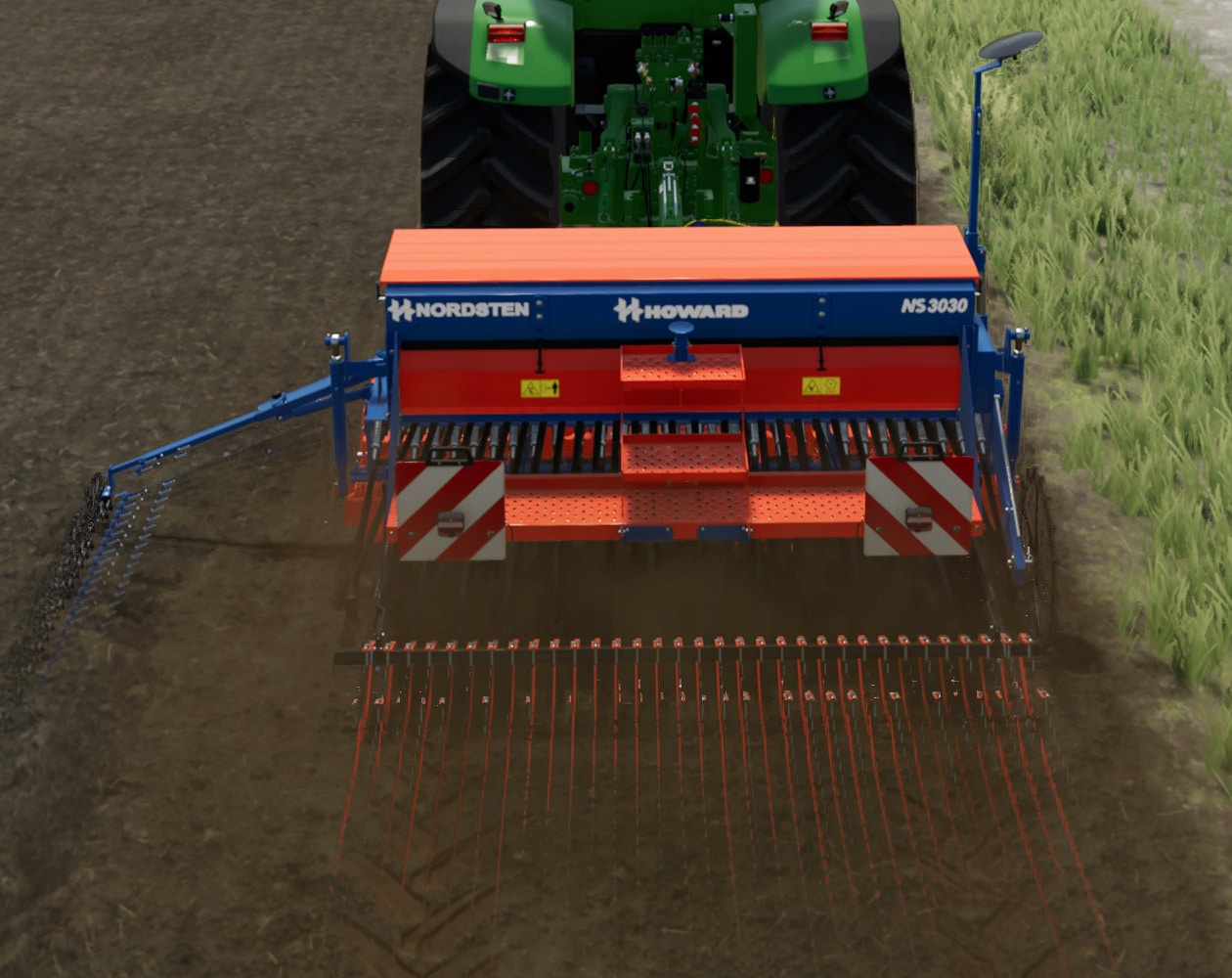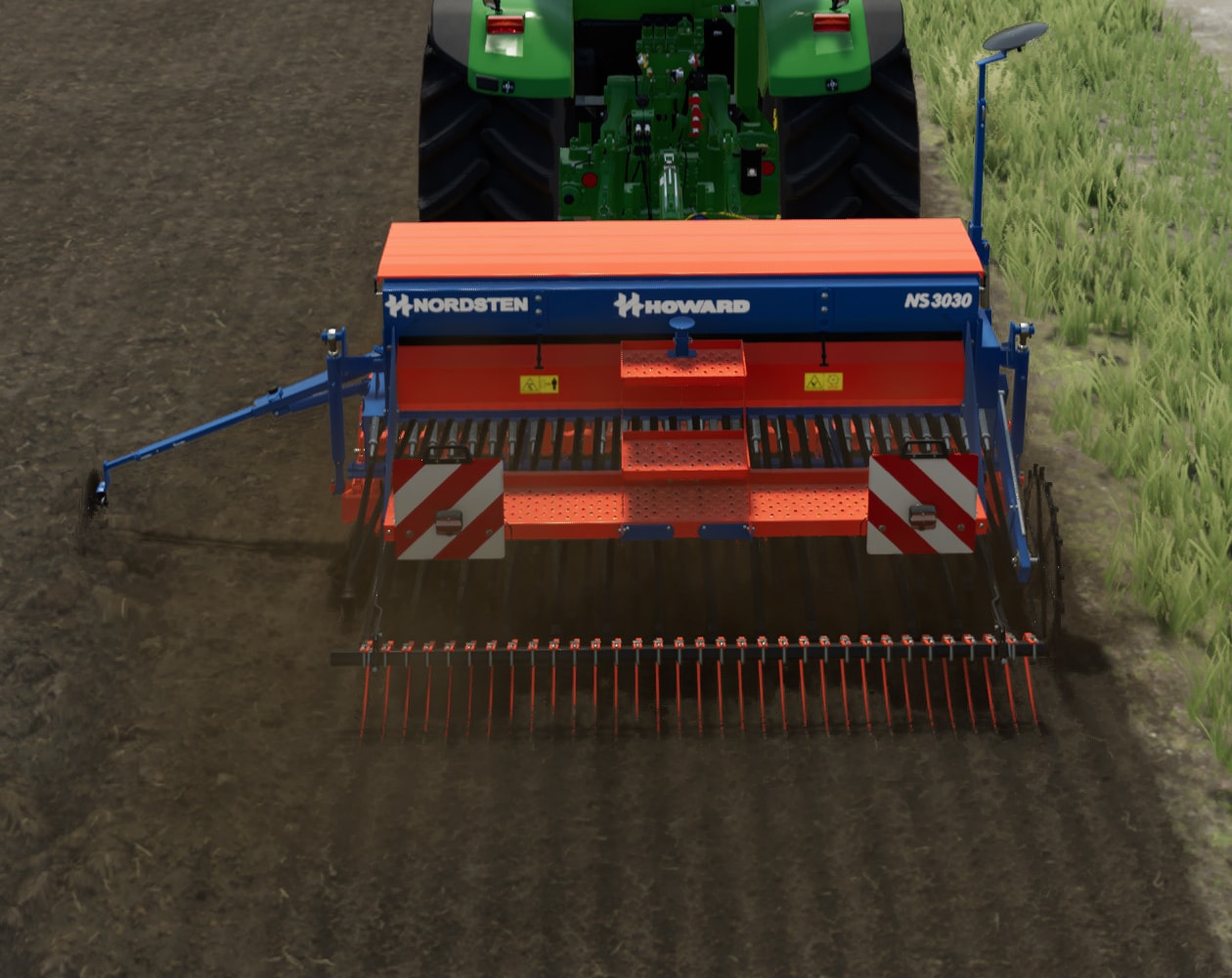AMD releases FidelityFX Super Resolution 2.1 with improved visuals and stability
Boosting performance and visual fidelity since 2021.

What you need to know
- AMD FidelityFX Super Resolution (still a mouthful!) version 2.1 has been released with improvements made to visuals and overall stability.
- Farming Simulator (among other games) has never looked so good using AMD FSR.
AMD FidelityFX Super Resolution is the company's answer to NVIDIA DLSS and was released on June 22, 2021. It has been just over a year and already we're seeing version 2.1 hit the public domain. FidelityFX Super Resolution is essentially an upscaling technology that produces sharper images from comparatively lower-resolution scenes to improve visuals and system performance.
Such technologies from AMD and NVIDIA have become increasingly popular with the best graphics cards due to the improvement in overall enjoyment of PC games without taxing the GPU with the additional workload. They can also help level out some of the losses for handling more advanced calculations required by ray tracing and are worth considering on lesser powerful hardware.
See our AMD FidelityFX Super Resolution vs. NVIDIA DLSS guide for more details on how these two technologies compare against one another.
AMD FidelityFX Super Resolution version 2.1, as covered by Tom's Hardware, makes some notable changes to improve shadow rendering. For instance, the team was able to employ motion vector divergence to diminish locked pixels, which "should alleviate ghosting issues on geometry with motion vectors not matching underlying pixel colors." This improvement was showcased with a few screenshots from Farming Simulator 2022.


When working on improving graphical fidelity, there's usually a hit to performance, but this was not explained in the announcement for version 2.1, which leads one to assume improvements were made elsewhere under the hood. AMD did expand on some other improvements made for 2.1, including overall color range and temporal stability of the upscaled image produced. Some upscale computations were upgraded from FP16 to FP32, but it was shadows that received the majority of work.
AMD is clearly working hard to improve its software-driven solution against NVIDIA DLSS, but the company still has some way to go to bridge the gap and get ahead of Intel's upcoming Arc Alchemist GPUs with Xe Super Sampling (XeSS). As a side note, AMD released updated Unreal Engine plugins to allow developers to easily apply FSR 2.1 in Unreal games for UE 4.26, 4.27, and UE 5.
All the latest news, reviews, and guides for Windows and Xbox diehards.

Rich Edmonds was formerly a Senior Editor of PC hardware at Windows Central, covering everything related to PC components and NAS. He's been involved in technology for more than a decade and knows a thing or two about the magic inside a PC chassis. You can follow him on Twitter at @RichEdmonds.
